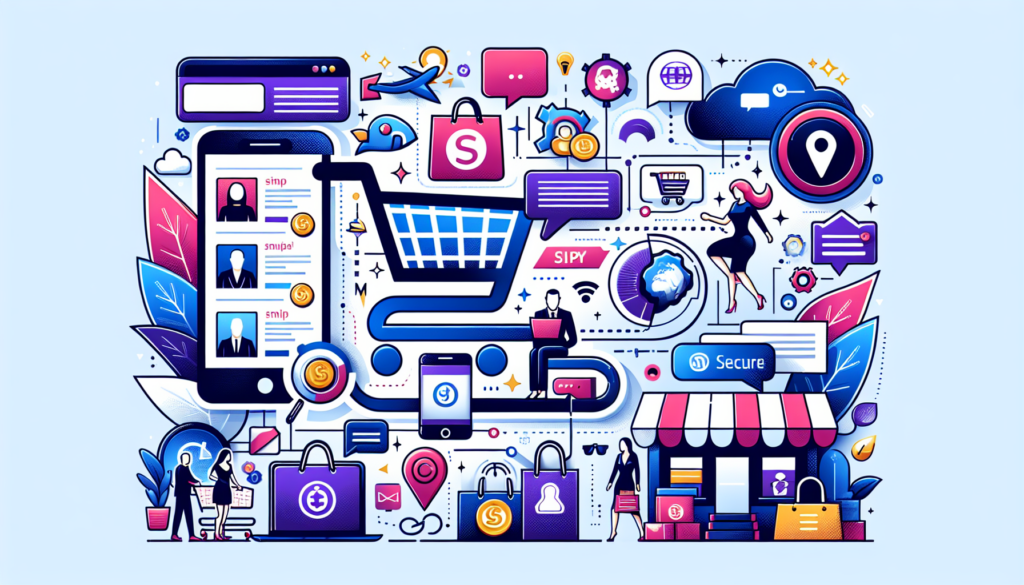In today’s digital era, customer experience has become a vital element for the success of any online business. WooCommerce, being one of the most popular e-commerce platforms, offers fertile ground for optimizing that experience and increasing conversions. This article dives into advanced strategies and case studies to enhance customer experience on WooCommerce, providing a detailed and technical analysis for e-commerce enthusiasts.
Focus on Speed and Performance
Loading Speed: Research shows a direct correlation between the loading speed of a page and customer satisfaction. Improving load times in WooCommerce, using tools such as WP Rocket or W3 Total Cache, can increase user retention and reduce bounce rates.
Web Hosting: Choosing the right web hosting provider is critical. An infrastructure specifically geared for WooCommerce or WordPress, such as SiteGround or WP Engine, can ensure quick response times and optimal handling of high traffic.
Personalization and User Segmentation
Integrated CRM: Integration of a Customer Relationship Management (CRM) system, such as HubSpot or Salesforce, allows for detailed segmentation and customization of shopping experiences, based on user behavior and preferences.
Personalized Recommendations: Machine learning algorithms, like those provided by services such as Recommendify, can offer highly personalized product recommendations, enhancing the customer’s browsing experience and increasing cross-selling opportunities.
Ease and Security in Payment Processes
Optimized Checkout: A streamlined checkout process that minimizes steps and offers various payment options, including Apple Pay and Google Pay, can reduce cart abandonment rates. The WooCommerce Checkout Field Editor extension allows you to customize the checkout process to the specific needs of the store.
Security: Implementing security protocols, such as SSL and compliance with PCI DSS, secures customer data and increases their trust in the transaction.
Intuitive Navigation and Mobile Optimization
Responsive Design: A WooCommerce theme that offers a responsive design, like Astra or OceanWP, ensures that the store is accessible and appealing on any device. Moreover, the use of advanced UI/UX design techniques, such as those mentioned in Google’s Material Design guides, can significantly improve site usability.
Advanced Search and Filters: Providing advanced search and filtering capabilities, using extensions like FacetWP, can help users efficiently find relevant products.
Customer Support and Service
Live Chat and Bots: Integrating live chat, with tools such as LiveChat or ChatBot for WooCommerce, coupled with artificial intelligence through chatbots, offers instant and personalized customer service.
Help Center and FAQ: Creating a help center or frequently asked questions section, with easy access and navigation, using plugins like WooCommerce Product FAQ Manager, can reduce repetitive inquiries to support services and improve customer self-sufficiency.
Marketing and Loyalty
Automated Email Marketing: Platforms like MailChimp for WooCommerce offer the ability to send automated and personalized emails based on customer actions, strengthening the long-term relationship and encouraging brand loyalty.
Rewards Programs: Implementing rewards and points systems, with plugins like WooCommerce Points and Rewards, can incentivize repeat purchases and increase the customer’s perception of value.
Data Analysis and Continuous Improvement
Google Analytics and Hotjar: Integrating web analytics tools, such as Google Analytics, and heat maps and session recordings, like Hotjar, allows WooCommerce store owners to gain a deep understanding of user behavior and optimize customer experience accordingly.
A/B Testing and Feedback: Implementing A/B tests with tools like Nelio A/B Testing for WooCommerce and collecting direct customer feedback are essential for continuously adjusting and improving the user experience.
In conclusion, enhancing customer experience in WooCommerce is a multifaceted process that requires attention to site speed, personalization, payment processes, responsive design, customer support, marketing strategies, and data analysis. By following these tips and employing the mentioned technologies and tools, businesses can expect not only an increase in customer satisfaction but also a significant impact on their long-term profitability and growth.

